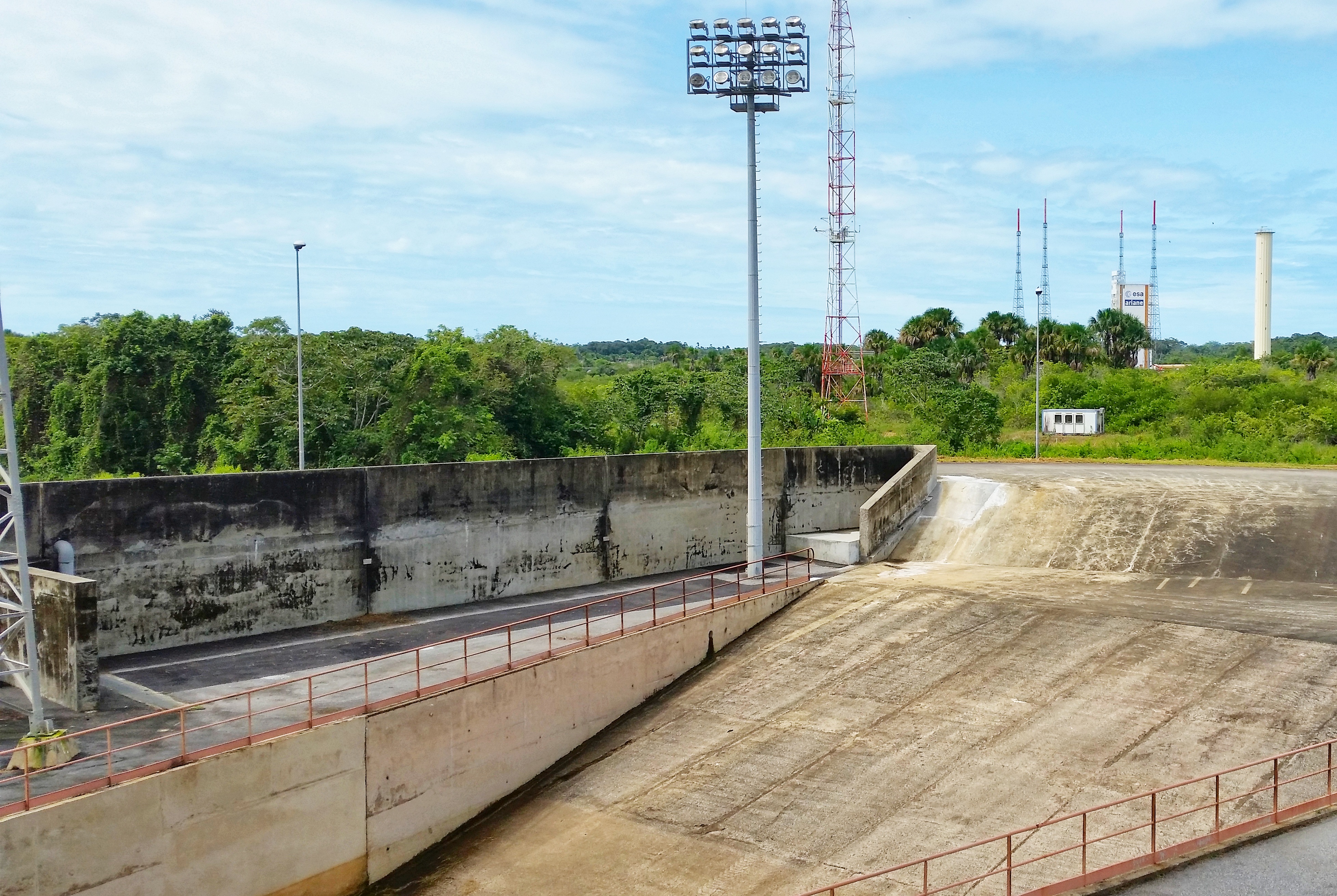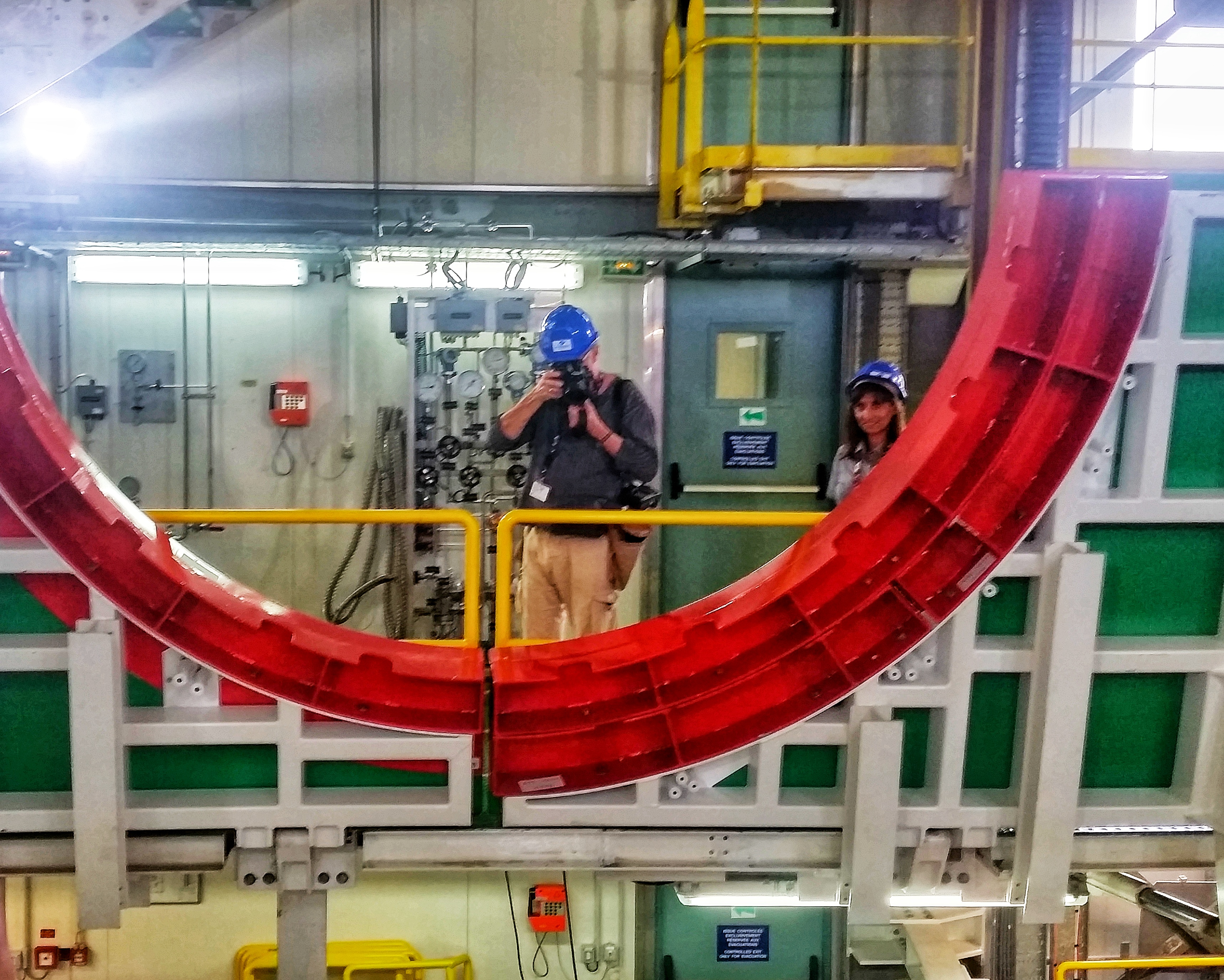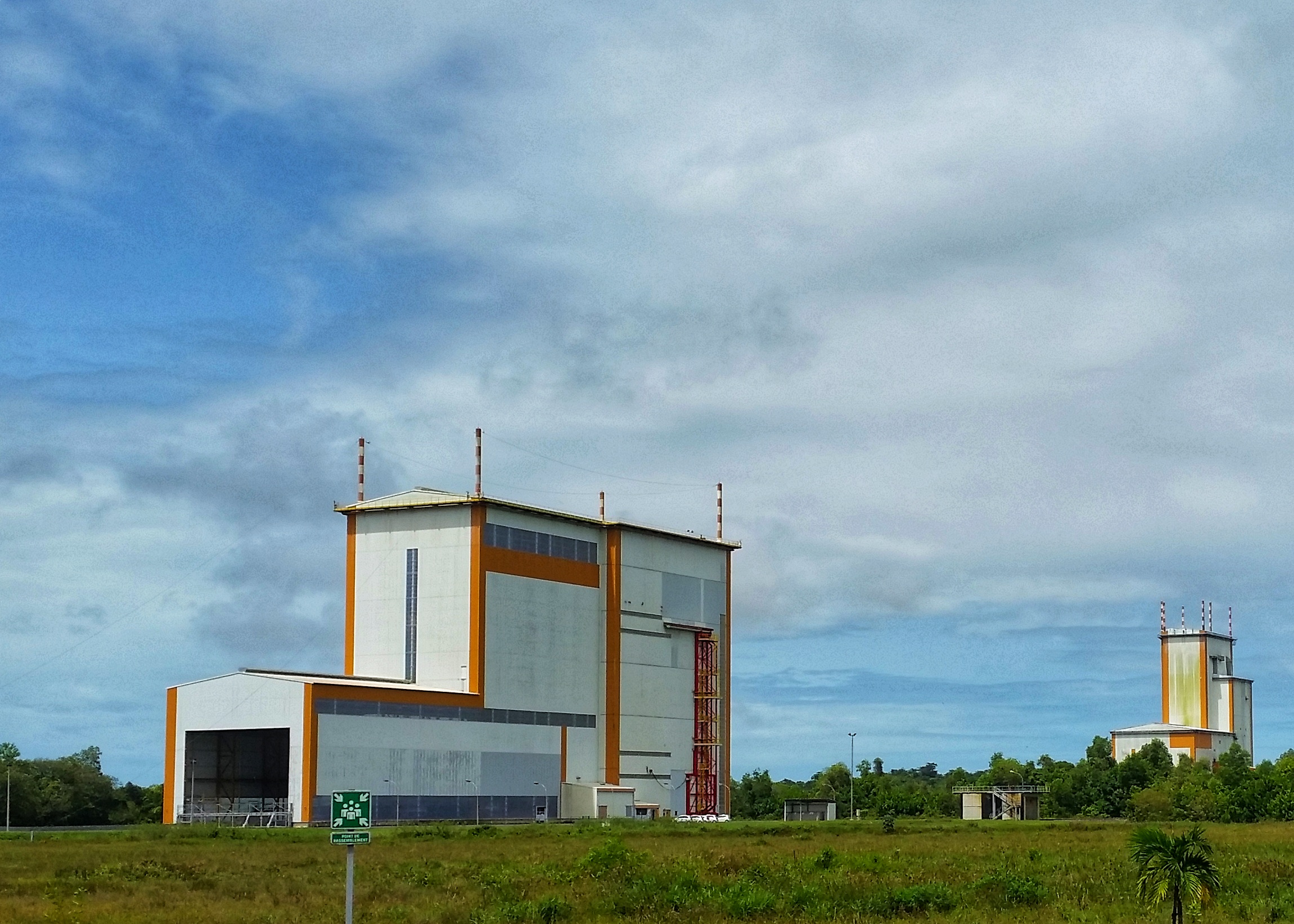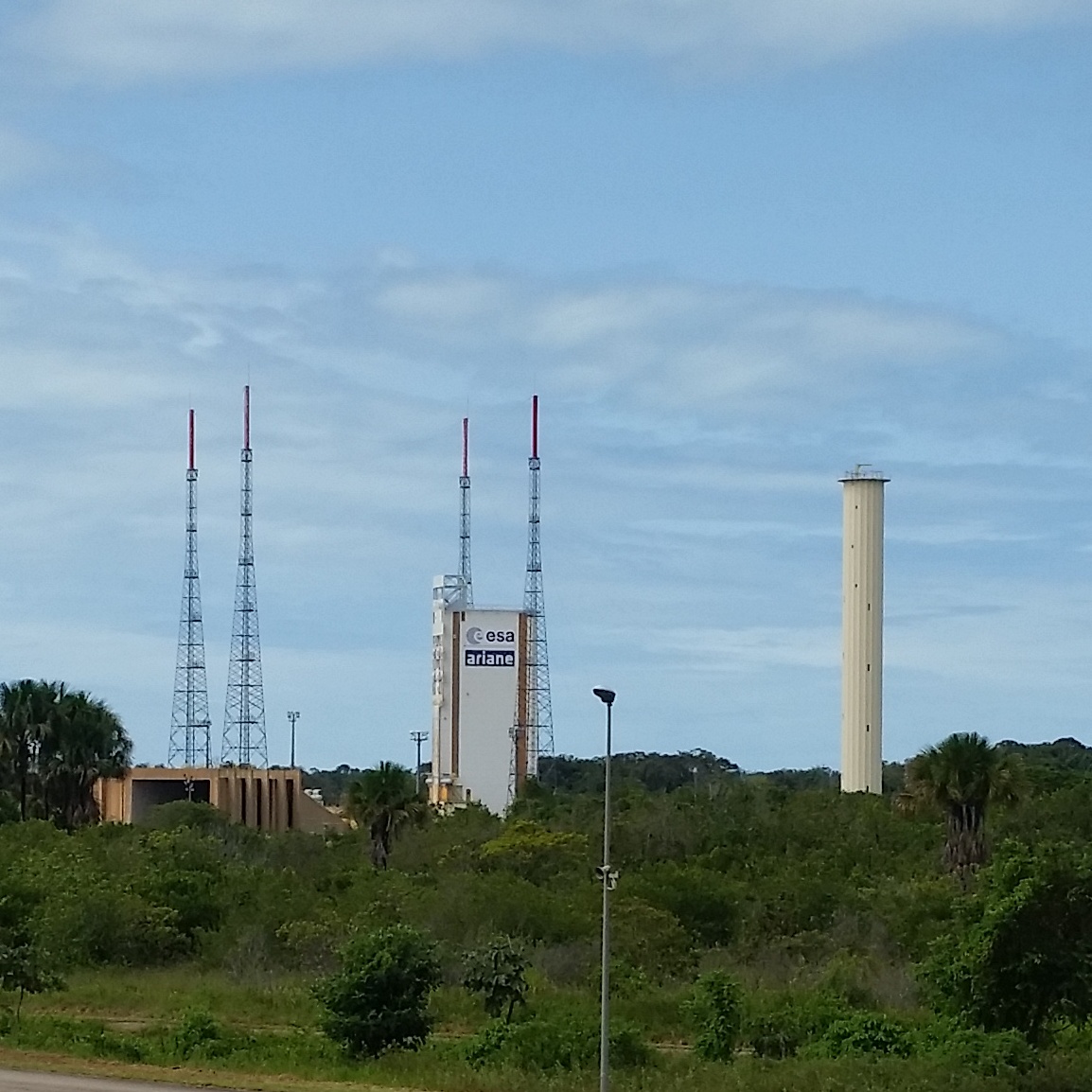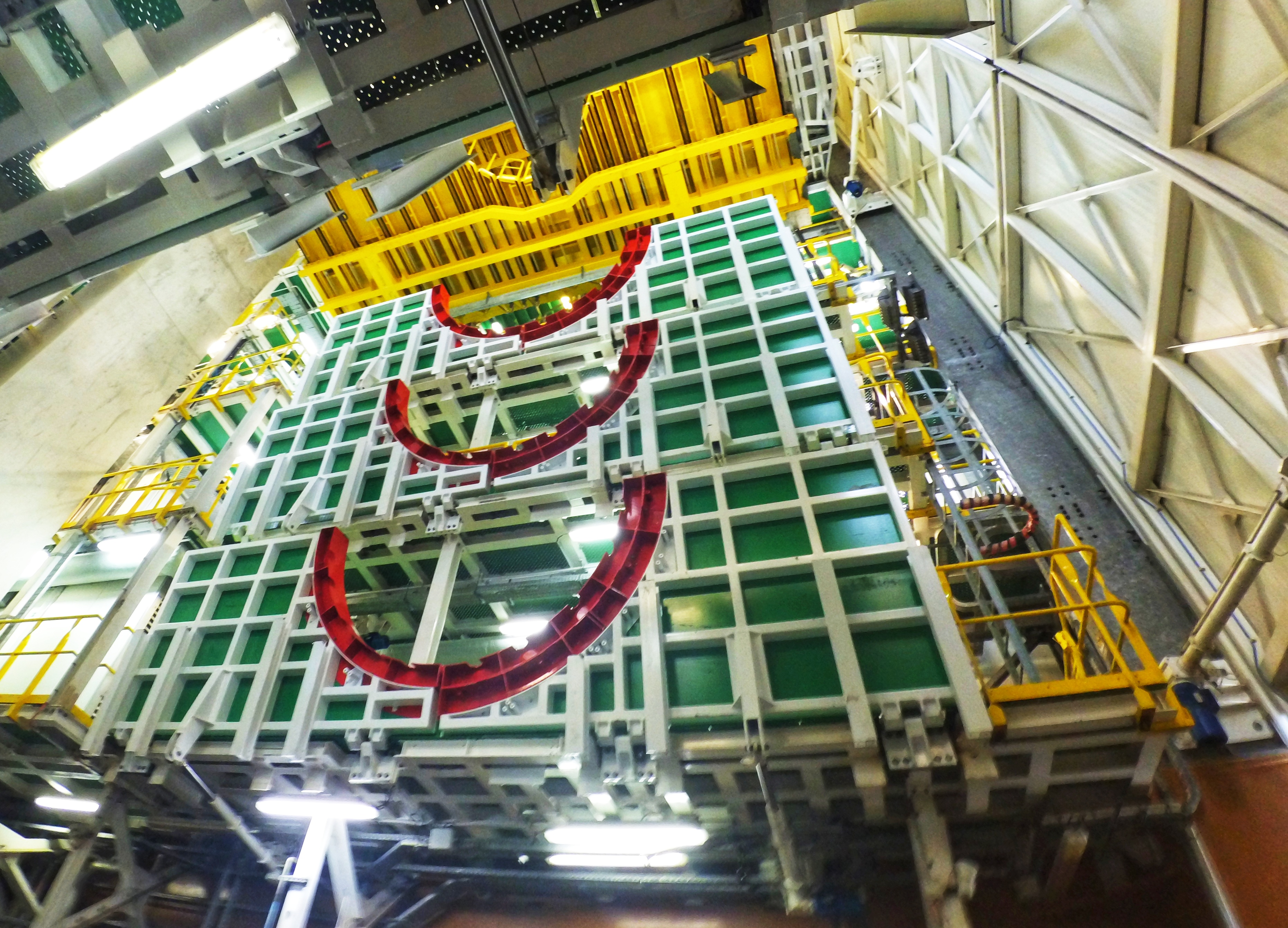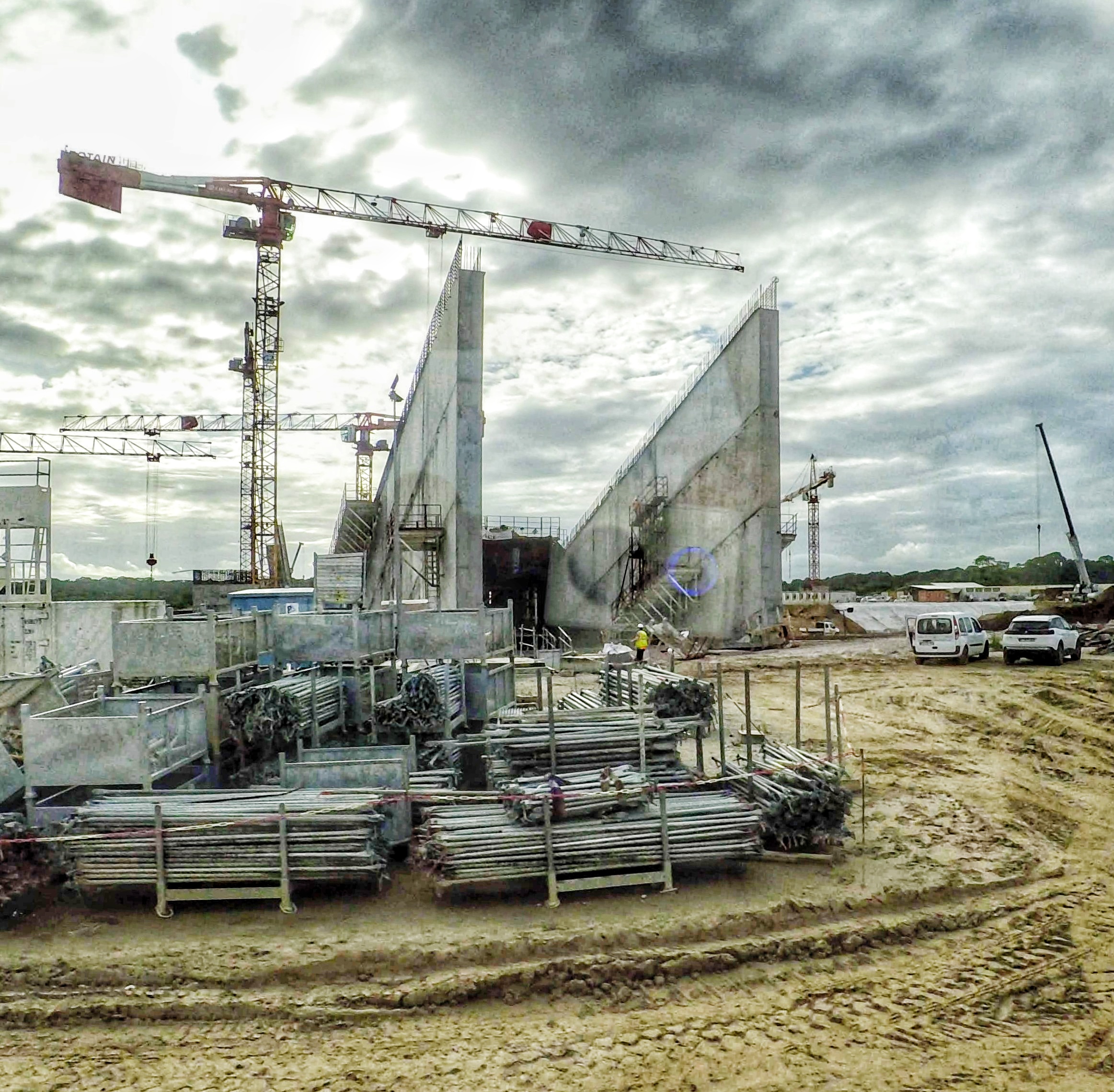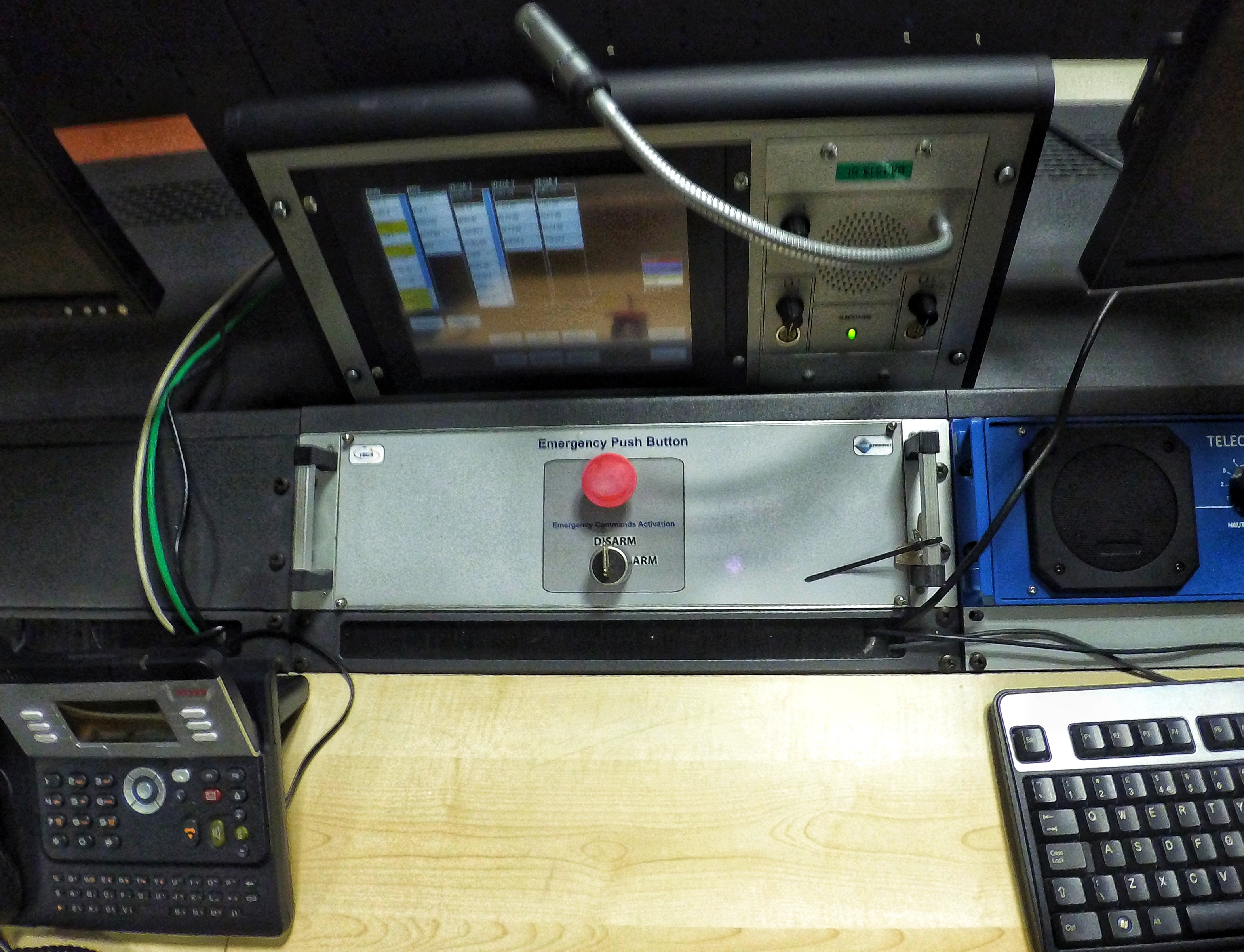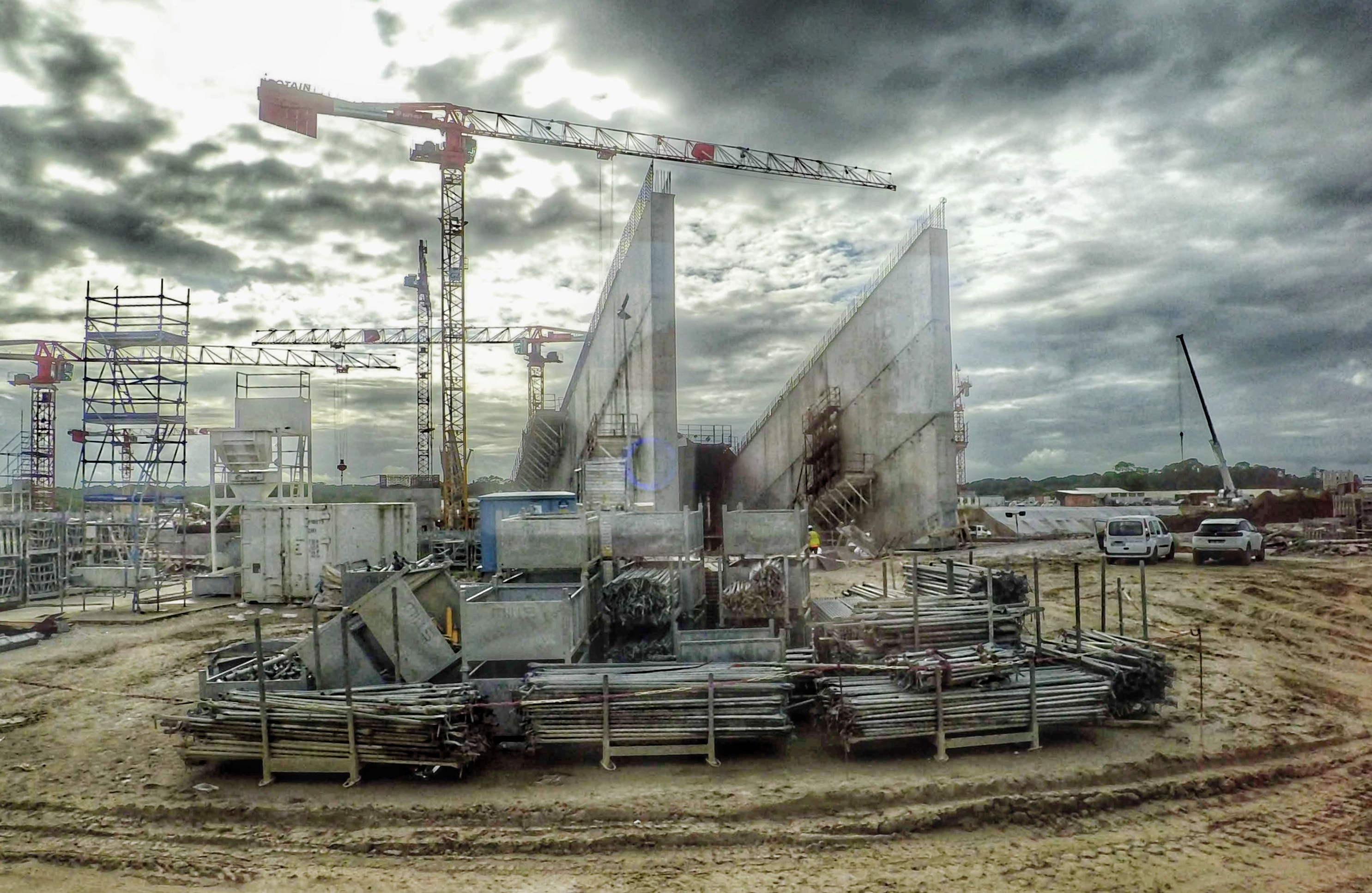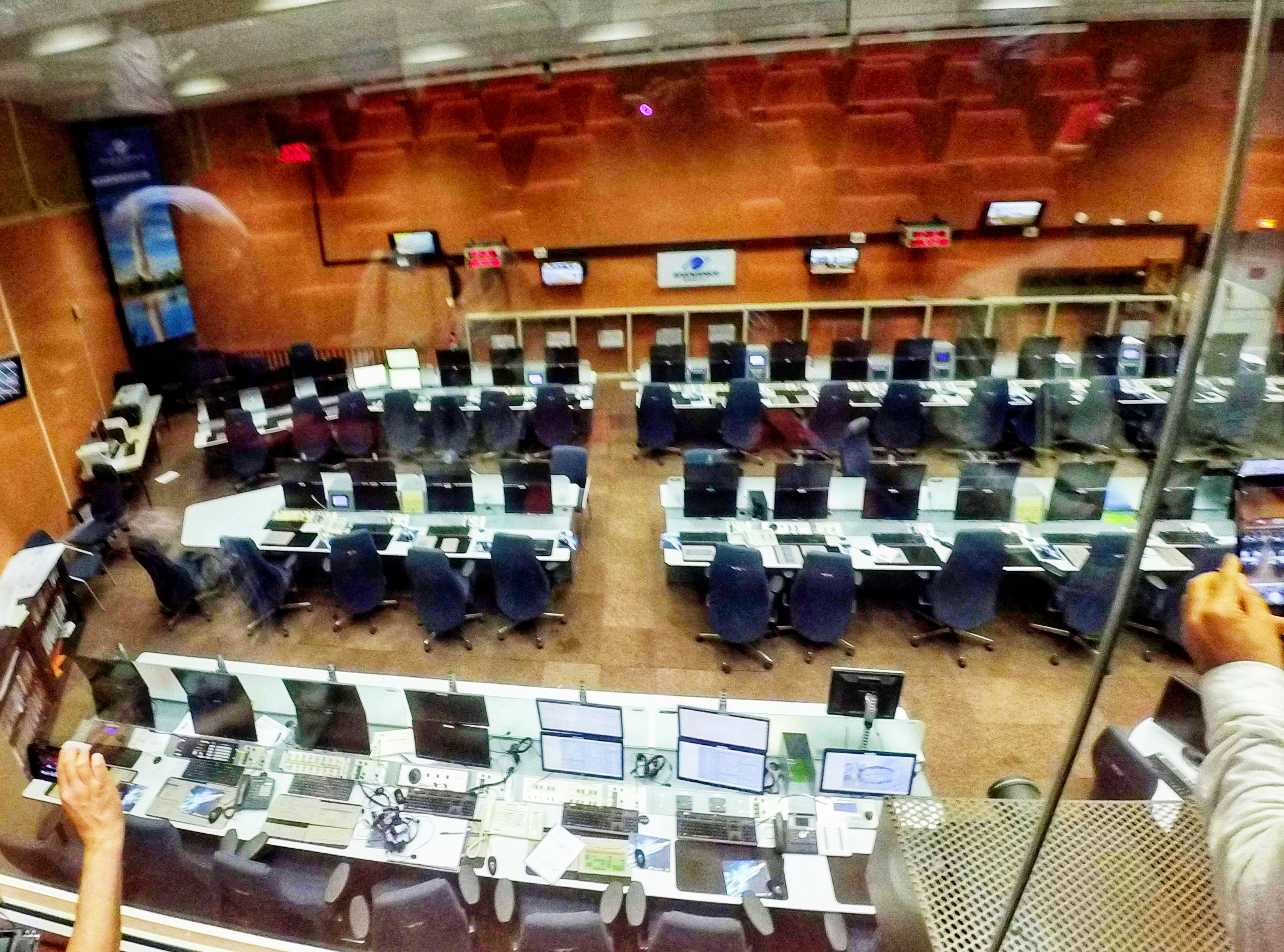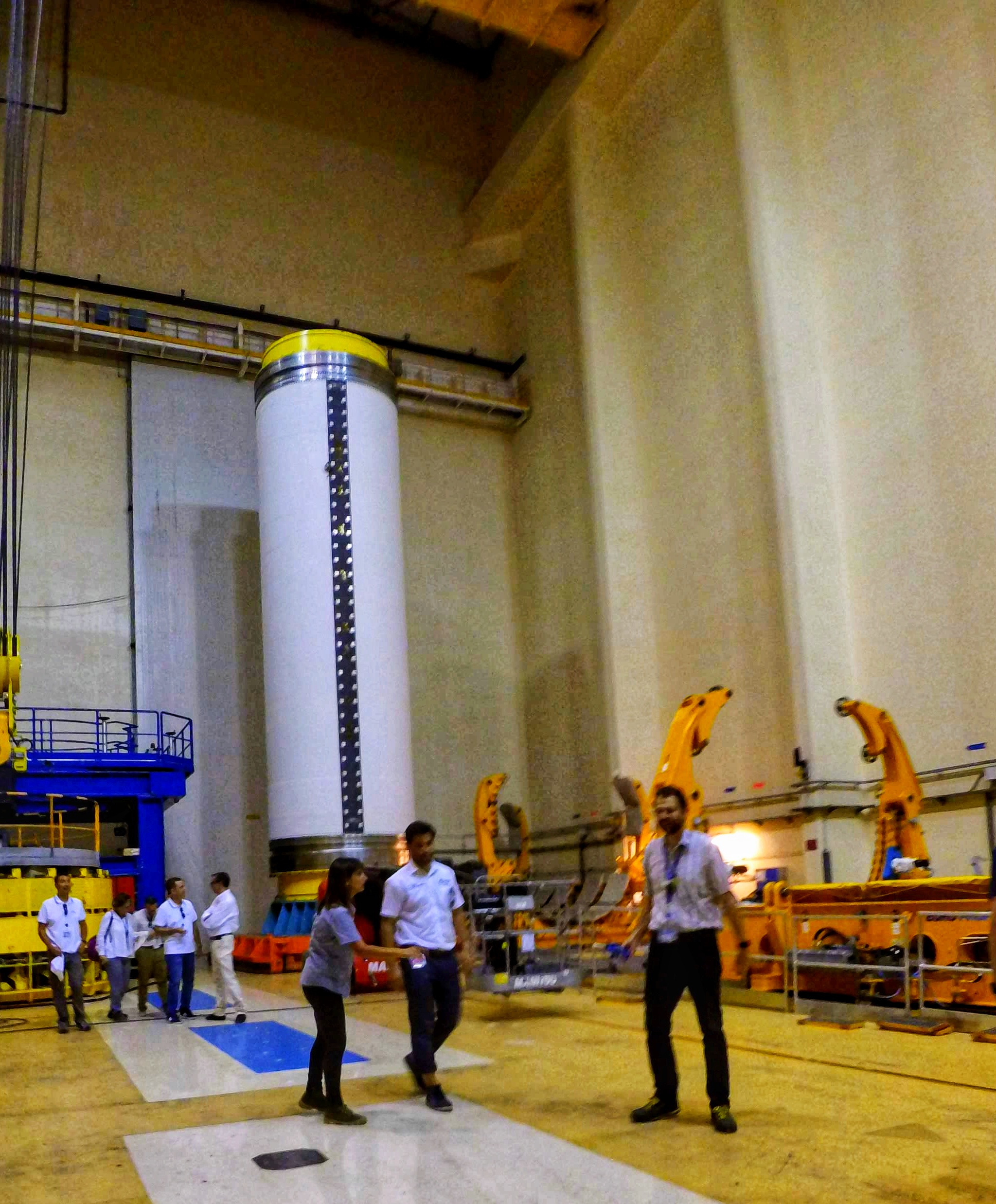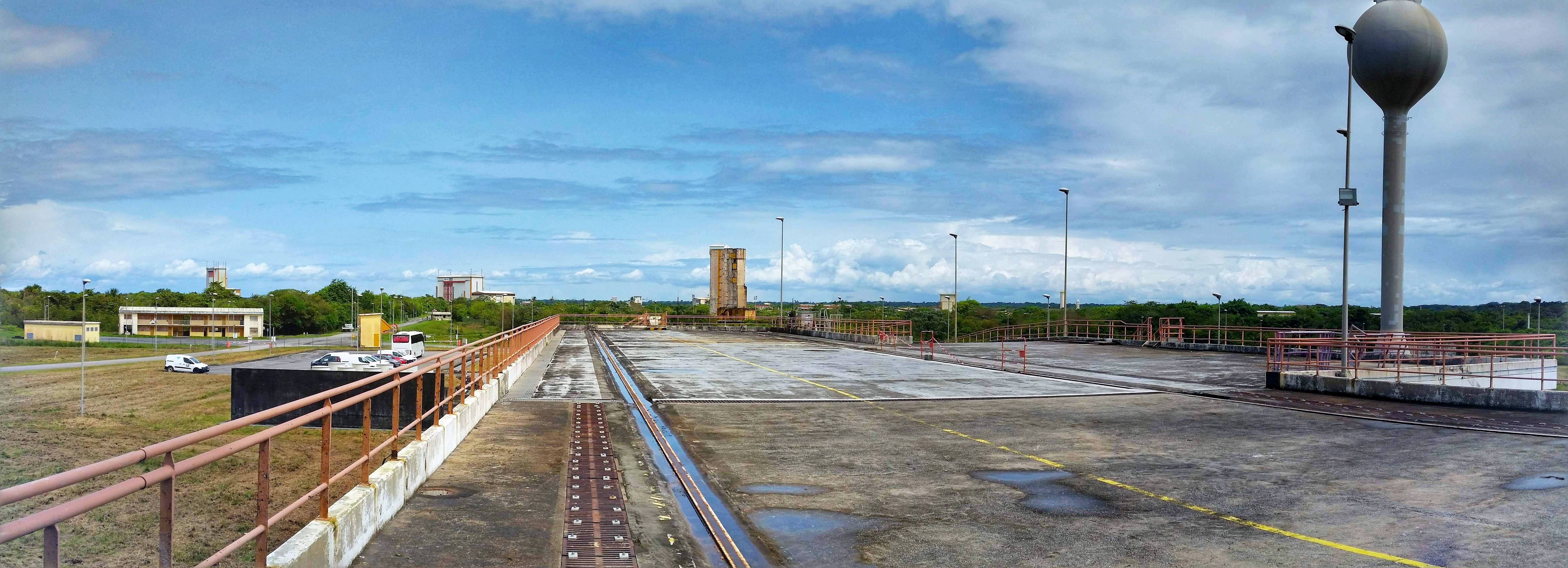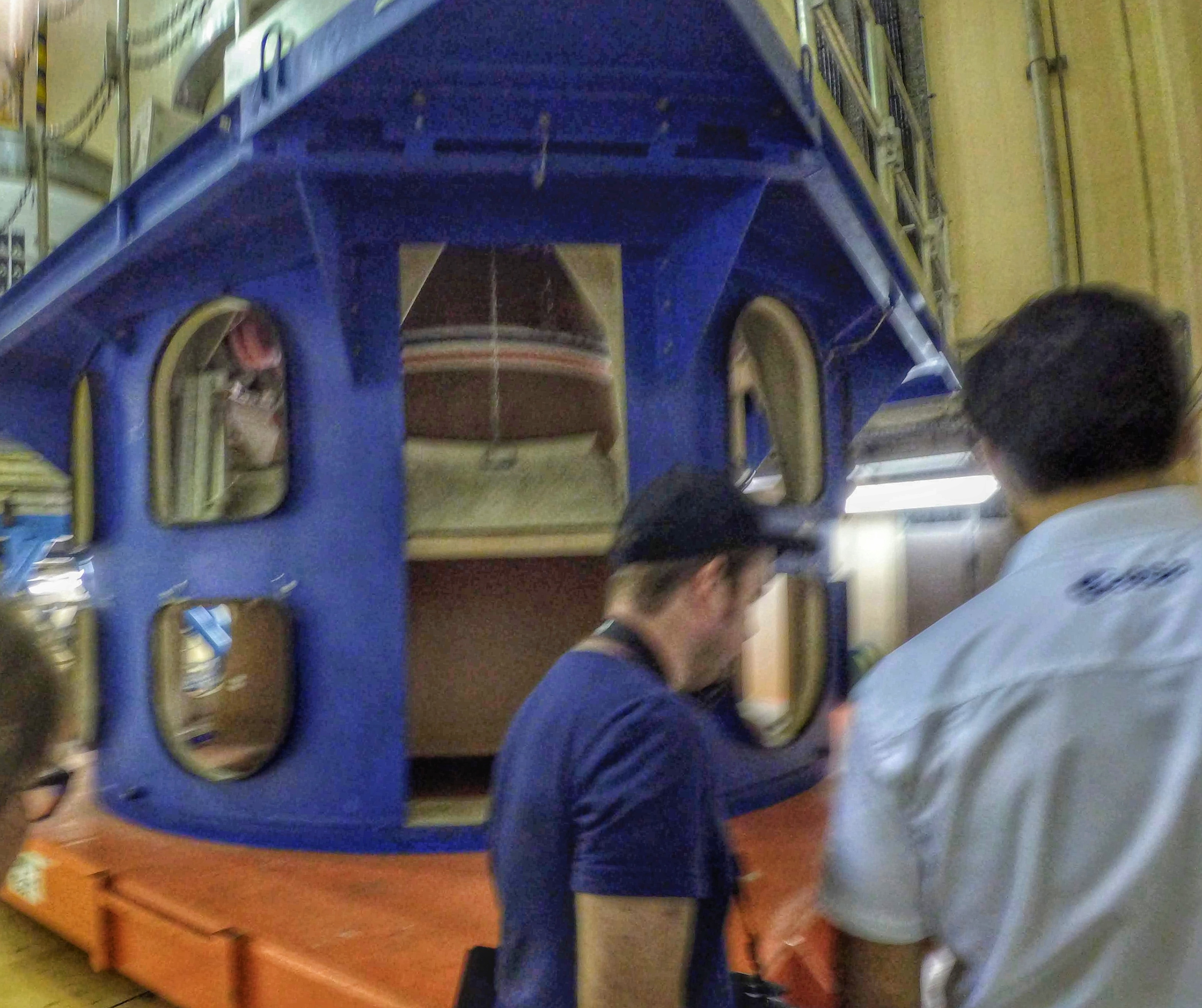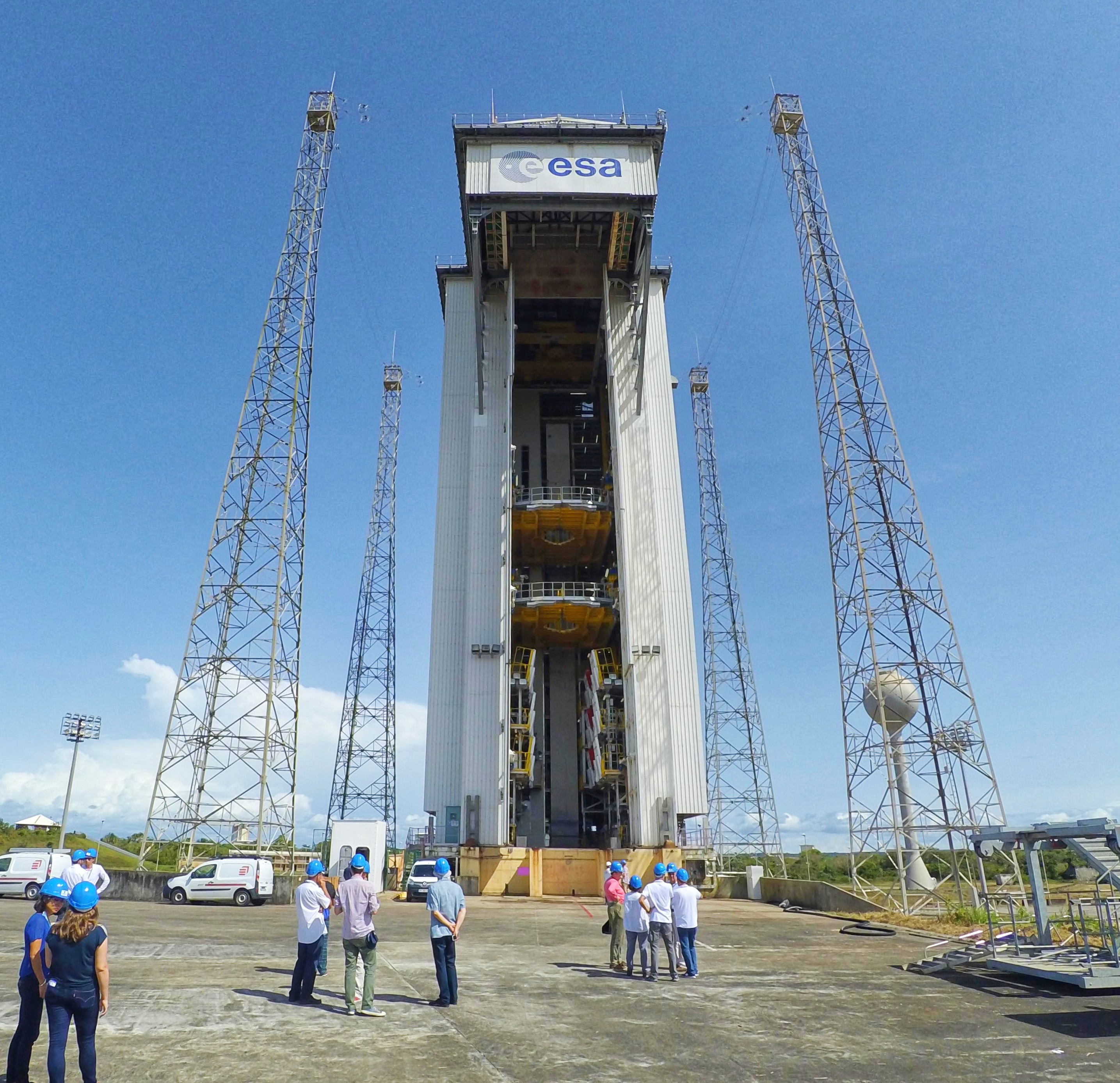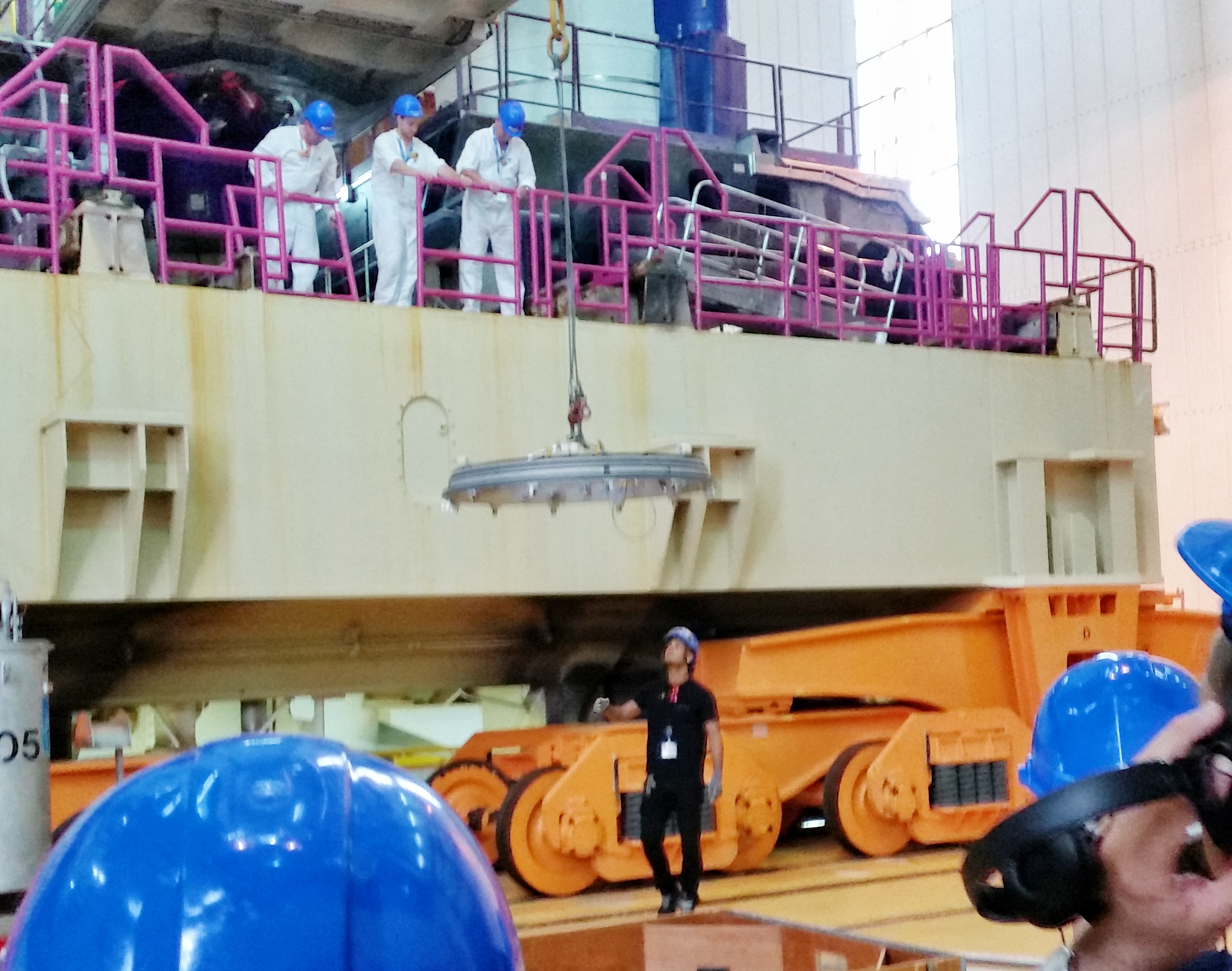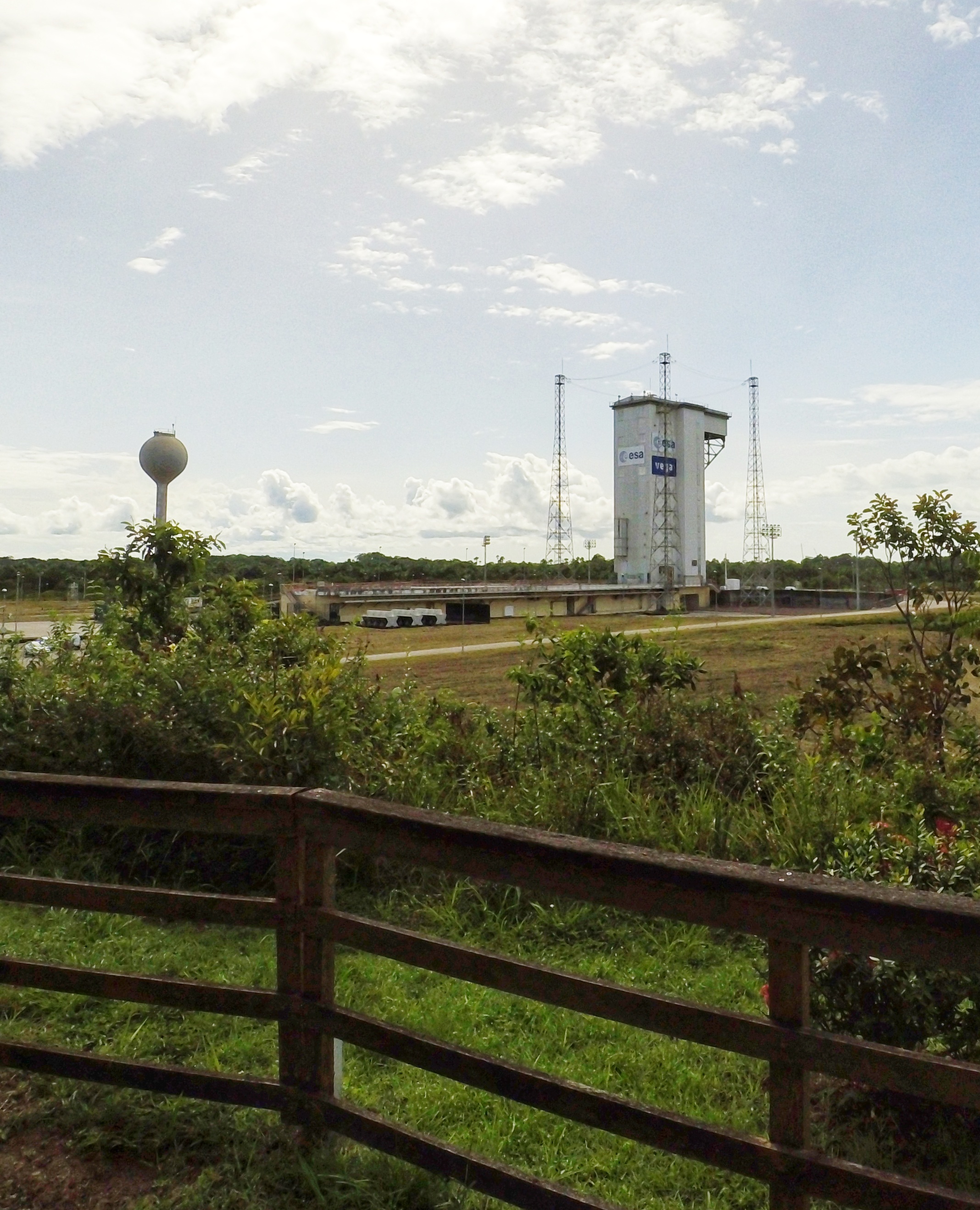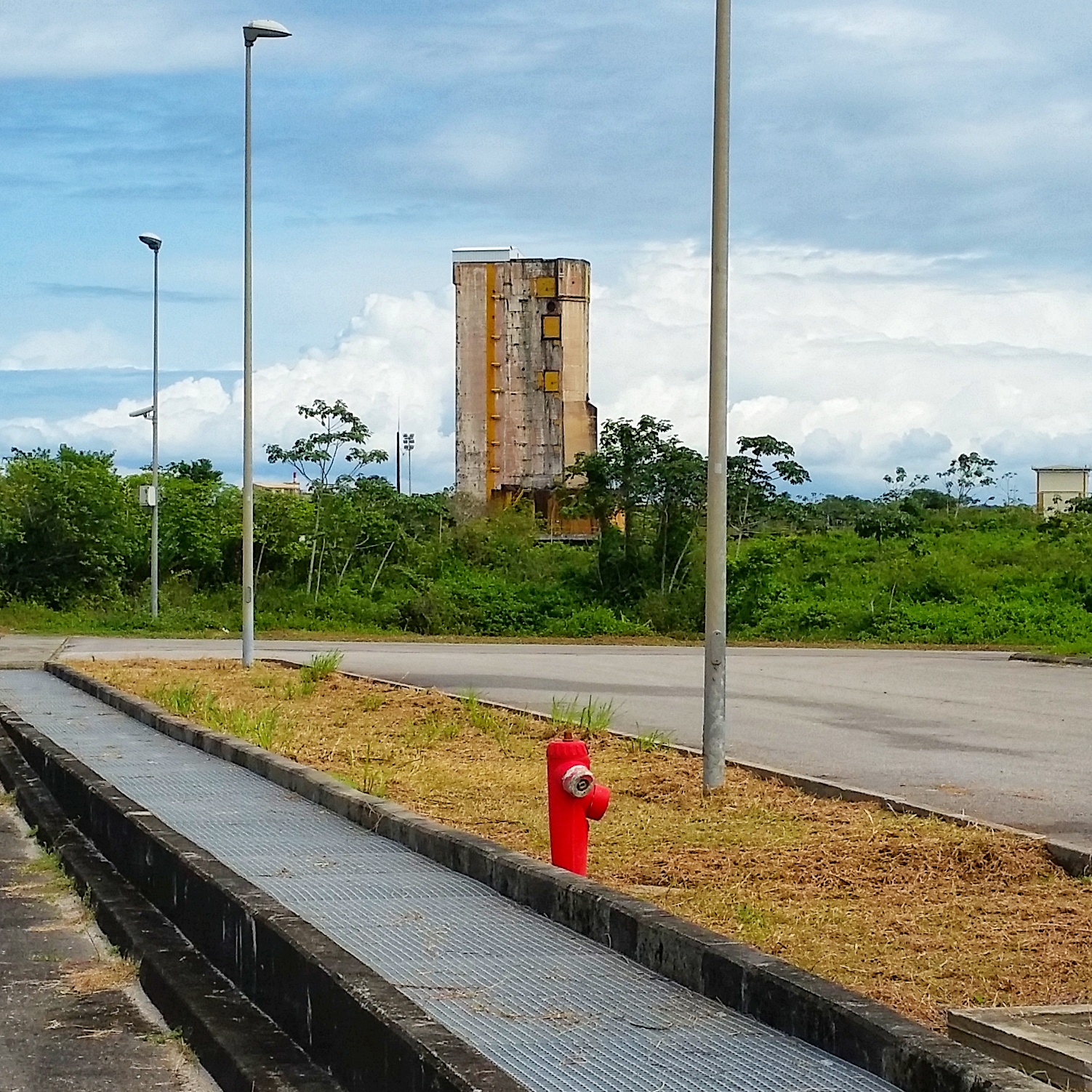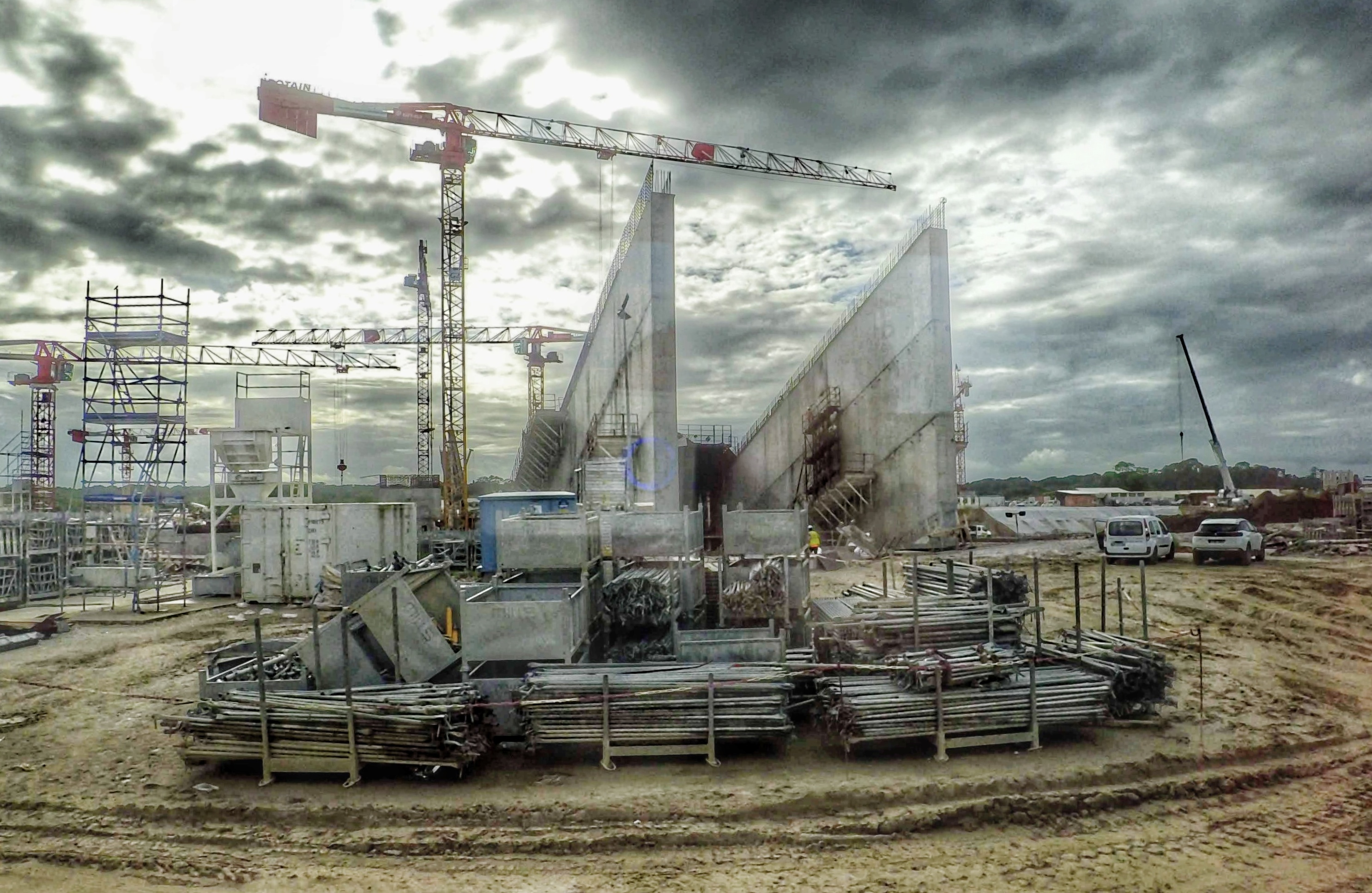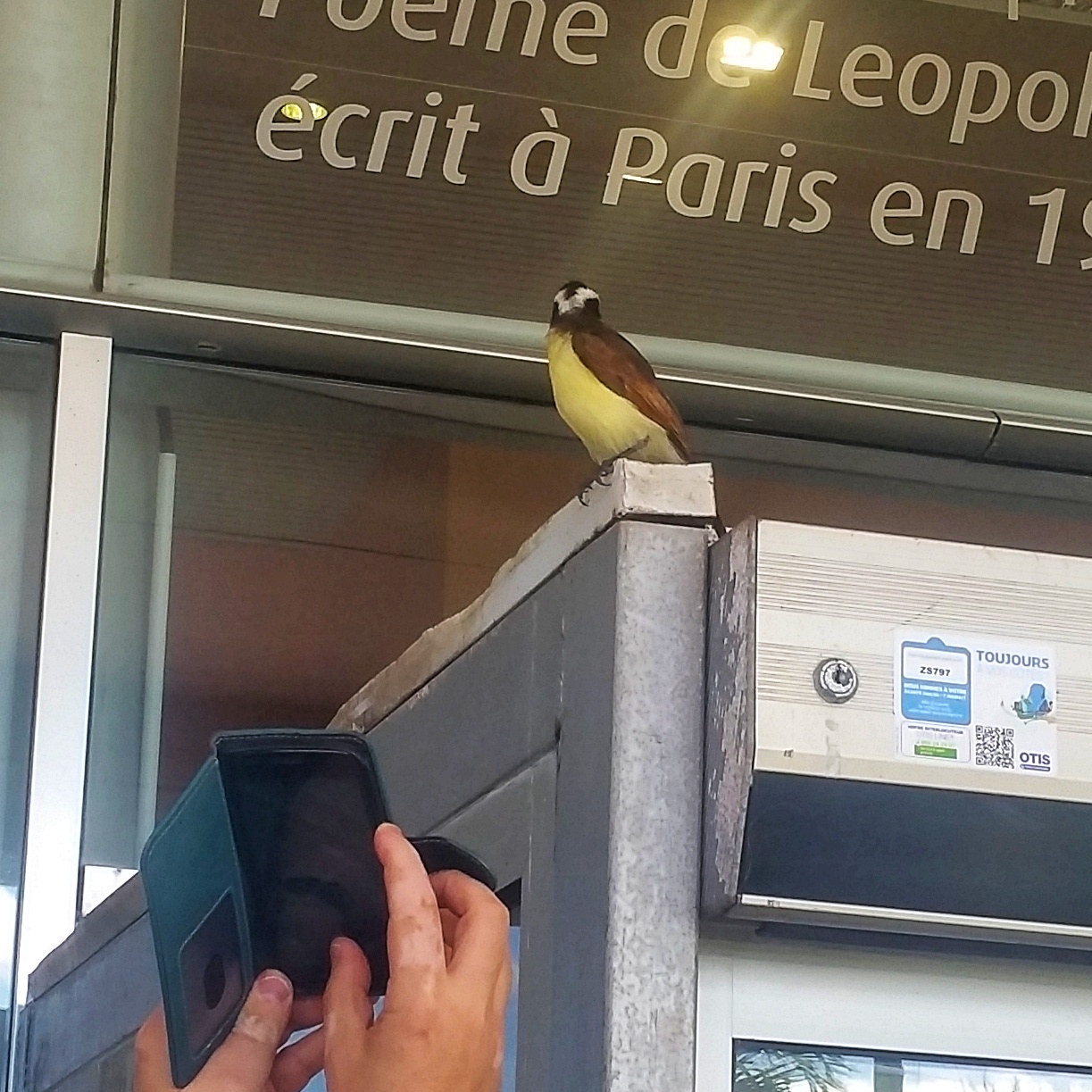The Interplanetary Podcast Visits the European Space Port back in June 2018
This article featured in Spaceflight July 2018 Edition







Today work is fully underway on the future of European launch capability at the Ariane 6 launch construction site. The CSG boasts some of the most iconic launches of all time, Rosetta, Planck, XMM-Newton and ATV and soon will see the launch of Bebi Colombo and James Webb, which will surely be more stressful than an England penalty shootout, despite the unrivalled reliability of the Ariane 5.

ESA owns the infrastructure with a current set of launch vehicles Vega, Soyuz and Ariane 5, with Arianespace the commercial partners in the launch complex. CNES looks after the launch range and safety with Paris supplying the local fire brigade.

The remote cockpits for these rockets are the launch control centres, based in the bunker of the Jupiter building, and these feel every bit as iconic as the NASA control rooms. With layers of glass separating the hundreds of busy specialists, clients and VIPs as the Operations Director (DDO) counts down to launch.

There are about twenty major buildings on the site, all heavily spaced out for safety reasons with several buildings capable of becoming an inferno of destruction if something should go wrong. In some cases, the total population of a building is limited to fifty people as that is the most amount of souls considered bearable to loose in the worst circumstance.

The exteriors of the buildings give the appearance of abandonment, ravaged by the relentless tropical rain, sunshine and sea air. Inside though, is a stark contrast, bright pristine and some of the most advanced buildings anywhere on the planet, each with a unique role to play at the space centre.

There is a propellant plant where a large cake style mixer, churns the ammonium perchlorate (oxidiser), aluminium powder: (reducer) and polybutadiene (binder and catalyser) to make the solid rocket propellant

At another building, booster casings, that have been shipped in from Avio in Italy have been lowered into pits in the ground where the propellant is poured in and shaped with a mandrel before being cooked for a few days like a cake to an exacting recipe.

In the final assembly building stands an Ariane 5, VA- 244, on top of it's rolling launch table. Once the payload and fairing has been integrated this will be rolled out, on the 2.8km of twin rail tracks, to the launch pad at a careful one hour transfer time.

And of course, there is a host of similar buildings for the campaigns of the Vega and Soyuz Rockets.

Other buildings prepare the payloads themselves, and at the time we were at the Spaceport in late June we were lucky to see the Bebi Columbo spacecrafts being fuelled and heat blankets carefully being hand sown and checked.

Also at the space port were 4 Galileo Satellites, Horizons 3e and Aeolus, It's a busy space port with about half of the worlds working spacecraft having already taken off from here.
The future of the Spaceport has already begun. One look in the huge mobile gantry of the Vega rocket, reveals work already completed to enable the larger Vega C to start flying in 2019.

And the construction of the Ariane 6 launchpad has started, the flame trench has been dug and the vast concrete exhausts built

and to the side of the new launch pad, a 9 story 90m high mobile gantry. The steel construction, that once it has all the hardware installed, will weigh more than the Eiffel tower at over 8200 tonnes but will withdraw, the entire structure moving on rails, to reveal the Ariane 6 on its table already on the launchpad.

Here is the clever part, both the Vega C and the Ariane 6 have a common element, the new P120C solid rocket booster, the largest monolithic booster ever to fly. This booster will not only make up the first stage of the Vega C but will also be the boosters for the Ariane 6 either using 2 or 4 depending on the payload size. This increases the payload capability of the Vega C while halving the cost of the Ariane 6 compared to the Ariane 5.

Ariane 6 can also double the cadence of the Ariane 5 due to the horizontal assembly of the centre liquid propelled core, a process inspired by the Russians.
Leaving the spaceport on our way back to Paris we had time to reflect. The Europeans have secured their very important autonomous access to space for the time being while remaining competitive in the short term, However, both the bosses of ESA and CNES have warned we need to think beyond Ariane 6 and Vega C. With talk of the new cluster of engines based around the new Prometheus engine, and talk of re-usability, will we see an Ariane Next reminiscent of the Falcon 9?




























